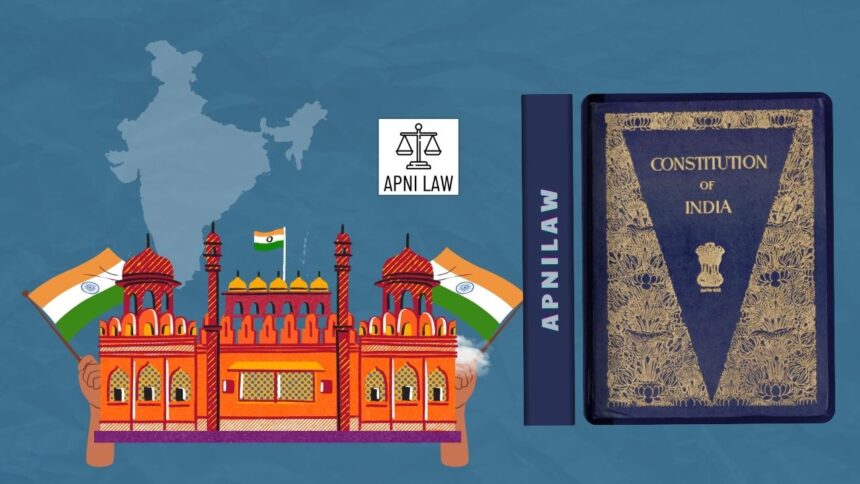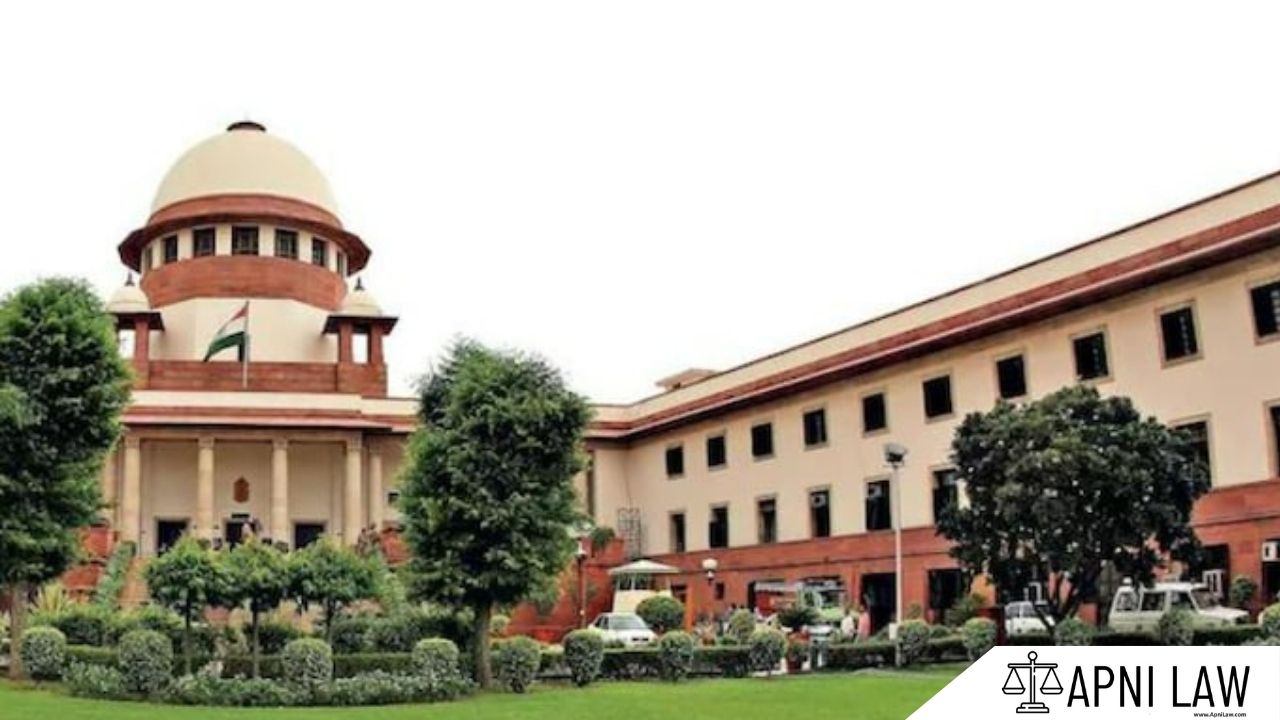Introduction
The Rajya Sabha is one of the most significant pillars of India’s parliamentary democracy. It is often called the Council of States because it represents the interests of states and union territories at the national level. While the Lok Sabha reflects the voice of the people, the Rajya Sabha balances this by ensuring that India’s federal structure remains intact. Article 80 of the Constitution lays down how the Rajya Sabha is formed, how its members are chosen, and how the House remains a permanent legislative body with a rotating membership.
Understanding Article 80 is essential for law students, civil service aspirants, and anyone interested in how India’s bicameral system works. This provision not only outlines the numerical strength of the Rajya Sabha but also reflects the constitutional vision of creating a House that maintains continuity, experience, and stability in law-making. Article 80 shows how the framers tried to strike a balance between democratic representation and federal coordination. This detailed explanation breaks down the meaning, composition, significance, and real-world implications of Article 80 in a way that is simple, engaging, and legally accurate.
Meaning and Explanation
Article 80 defines the total strength, categories of membership, and method of selection for the Rajya Sabha. According to this article, the Rajya Sabha has a maximum strength of 250 members. Out of this total, 238 members represent the states and union territories, and the remaining 12 members are nominated by the President. The nominated members must be individuals who have made significant contributions in fields such as literature, science, art, or social service.
The elected members from states are chosen indirectly. Members of the State Legislative Assemblies elect them through proportional representation using the single transferable vote system. This method ensures fairness, avoids domination by a single party, and reflects the political composition of each state assembly. Members from union territories are chosen differently. For example, Delhi and Puducherry elect their representatives through their legislative assemblies, while other union territories without assemblies follow special procedures that depend on administrative rules.
The nominated members bring expertise into parliamentary discussions. Their presence strengthens debates on specialised subjects where technical knowledge is essential. This combination of elected and nominated members creates a balanced House that reflects both federal interests and intellectual diversity.
Relevance and Applicability
Article 80 is crucial because it defines how the federal structure participates in law-making. India is a union of states, and the Rajya Sabha gives those states a platform to express concerns, participate in national discussions, and influence central legislation. Without Article 80, the country would risk centralising too much power in the Lok Sabha. The Rajya Sabha, by design, protects the federal spirit of the Constitution.
Another important aspect is continuity. The Rajya Sabha is a permanent body that never dissolves. Members serve six-year terms, and one-third of the House retires every two years. This continuity allows the Rajya Sabha to remain stable even when the Lok Sabha is dissolved. Article 80 plays a role in maintaining this stability because it ensures that the flow of membership remains systematic and constitutionally structured.
This article also supports democratic fairness. Since members are elected by state legislatures instead of large public constituencies, smaller states gain a proportionate voice that might otherwise be overshadowed in the Lok Sabha. For example, states like Sikkim or Goa may not have large populations, but through Article 80, they still send representatives who participate equally in national law-making.
Case Law, Examples, and Practical Use
The Supreme Court has examined Article 80 in several constitutional cases, especially when questions arise regarding federal balance, nomination powers, and membership qualifications. In R. C. Poudyal v. Union of India (1994), the Court upheld the special representation of Sikkim in the Rajya Sabha, observing that the Constitution permits flexibility based on conditions of specific states. This case demonstrates how Article 80 protects the uniqueness of each region while maintaining national uniformity.
A practical example of Article 80’s significance appears when major national laws pass through Parliament. Bills such as the Goods and Services Tax (GST) Bill needed approval from the Rajya Sabha because the Bill affected the rights of states. By giving states representation through Article 80, the Constitution ensures that central decisions remain balanced and cooperative.
Another example involves the President’s power to nominate members. The nomination of individuals such as scientist M. S. Swaminathan or classical dancer Rukmini Devi Arundale shows how Article 80 brings experts into the law-making process. Their contributions enriched debates and helped the Parliament craft better policies.
Article 80 also influences political strategy. Parties must maintain support in state legislatures to secure seats in the Rajya Sabha. This structure strengthens cooperative federalism and ensures that central and state governments remain interconnected.
Step-by-Step Guide (Procedural)
Understanding how Article 80 functions becomes easier when we look at how members are elected or nominated. When a Rajya Sabha seat becomes vacant due to retirement or resignation, the Election Commission notifies the State Legislative Assembly. Members of the Assembly vote using the proportional representation system to elect the new member. This ensures that political parties gain seats according to their strength in the state assembly.
For nominated members, the process begins with the executive. The central government identifies distinguished individuals and recommends their names to the President. Once the President signs the nomination order, the individual becomes a member of the Rajya Sabha. This nomination power is not ceremonial. It brings experienced voices to parliamentary debates.
Members then take the oath before joining parliamentary proceedings. They participate in debates, vote on bills, serve on committees, and contribute to policymaking. Article 80 forms the foundation of this entire process, ensuring that every step reflects constitutional principles.
FAQ Section
What is the maximum strength of the Rajya Sabha under Article 80?
The maximum strength is 250 members, including 238 elected members and 12 nominated by the President.
How are members of the Rajya Sabha elected?
Members from states are elected by State Legislative Assemblies through proportional representation using the single transferable vote system.
Why does the President nominate 12 members to the Rajya Sabha?
The nominations allow experts from fields such as literature, art, science, and social service to contribute to high-level law-making.
Is the Rajya Sabha a permanent body?
Yes. Unlike the Lok Sabha, the Rajya Sabha never dissolves and maintains continuity through rotational retirement.
Does Article 80 protect federalism?
It does. Article 80 ensures that states and union territories have direct representation at the national level.
Conclusion
Article 80 serves as the backbone of India’s Council of States. It defines who sits in the Rajya Sabha, how members are chosen, and how the House maintains continuity and expertise. More importantly, it strengthens India’s federal structure by giving states an active role in national law-making. The combination of elected and nominated members reflects the constitutional vision of balance, diversity, and cooperative governance. For anyone studying the Indian Parliament, Article 80 provides a clear understanding of how the Rajya Sabha functions within the larger democratic framework. If you need deeper insights into constitutional law or parliamentary structure, ApniLaw’s legal experts can help you understand these concepts in a practical and simplified manner.








